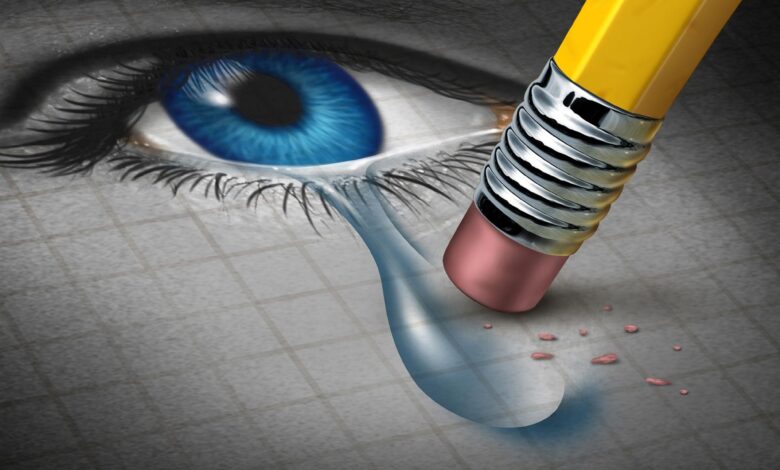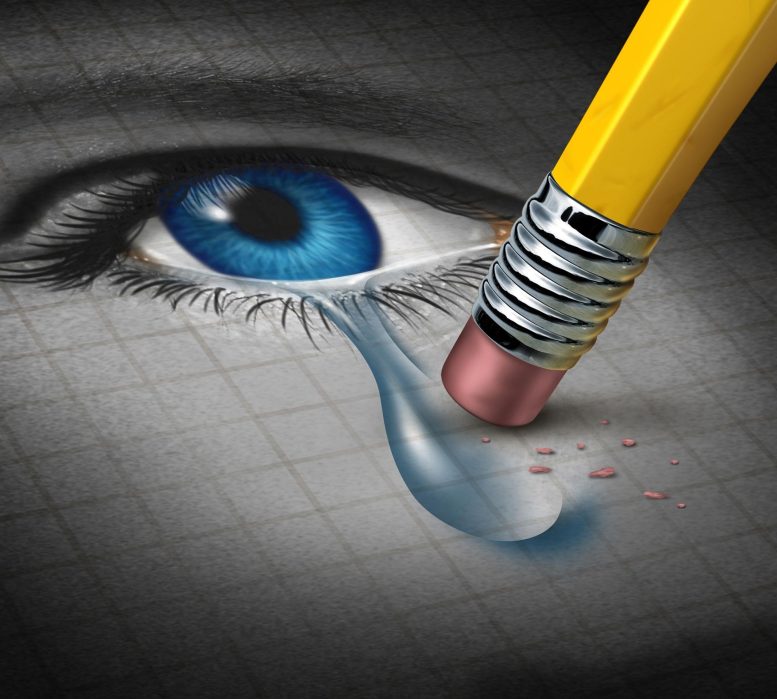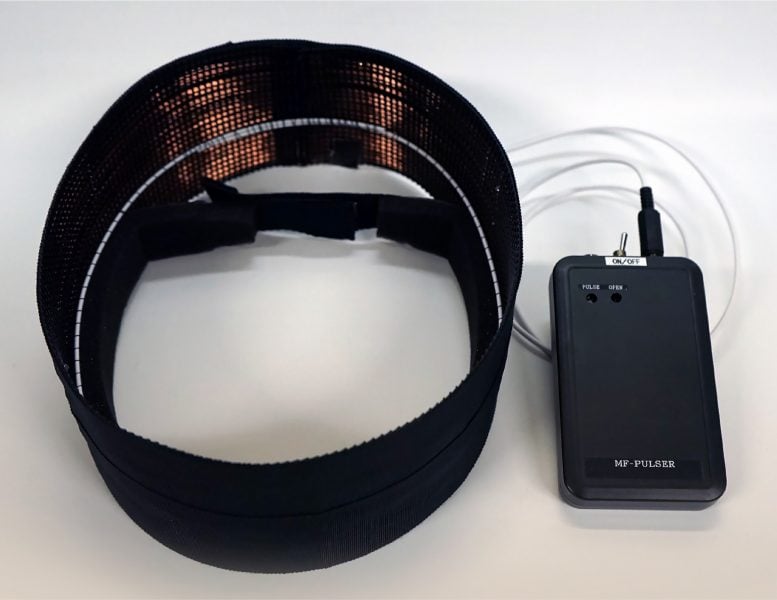Innovative Head-Mounted Magnetic Device Shows Promise in Treating Depression


A head-mounted device generating ultra-low frequency magnetic fields improved symptoms in four men with major depressive disorder, suggesting it could be a safe, noninvasive treatment for depression. The device’s efficacy and safety will be further explored in future trials.
A study has shown that a head-mounted device generating a low-frequency magnetic field could potentially reduce depression symptoms, paving the way for noninvasive and convenient treatment options.
A head-mounted device that generates an ultra-low frequency magnetic field has shown promise in alleviating symptoms in four male patients diagnosed with major depressive disorder. Future trials with this device could provide a safe and noninvasive treatment option for depression. The findings were published in the Asian Journal of Psychiatry.
The presence of a magnetic field with frequencies typically ranging from 0 to 300 Hz is known as an Extremely Low Frequency Magnetic Environment (ELF-ELME). Although the interaction between magnetic fields and biological systems is complex and not well understood, this frequency is believed to stimulate mitochondria and induce their renewal. Since mitochondria generate energy, they offer a potential way to treat many of the symptoms associated with depression such as lethargy.
Details of the Clinical Trial
For this study, the research team led by Professor Toshiya Inada at Nagoya University Graduate School of Medicine and Masako Tachibana of Nagoya University Hospital in Japan enrolled four male Japanese participants diagnosed with depression and receiving treatment between the ages of 18 and 75 years in a clinical trial known as an exploratory first-in-human study.
In exploratory studies such as this, both participants and researchers are aware of the treatment being administered. Although the sample size is small and there is no control group, researchers can focus on gathering preliminary data to explore the safety, dosage, and potential efficacy of a new intervention.

A head-mounted device generates an ultra-low frequency ultralow magnetic field, known as an Extremely Low Frequency Magnetic Environment (ELF-ELME). Credit: Mikako Ito, Keiko Itano
Throughout the trial, participants wore a head-mounted magnetic field device that exposed them to ELF-ELME for two hours per day for eight weeks. As predicted, the researchers found that all patients reported a drop in their level of depression.
Although the experiment was an exploratory trial with a limited number of participants and no control group, the findings suggest that larger-scale clinical trials are feasible. If such trials prove to be effective, their research could lead to a groundbreaking change in the current clinical practice of depression treatment.
Inada believes that the device has great potential to treat depression more effectively in a patient-centered way. “The magnetic field generated by the device is non-invasive, being 1/4.5 of the Japanese geomagnetic field and less than 1/60 of the International Commission on Non-Ionizing Radiation Protection’s general public exposure standard,” he said, “We anticipate that patients will be able to receive daily home treatment without even being aware of being in a low magnetic field environment.”
He continued: “Compared to current depression treatments, such as long-term antidepressant medications, electroconvulsive therapy, and repetitive transcranial magnetic stimulation, this therapy is superior in terms of convenience and lack of anticipated side effects. We could see our device being used for patients who prefer not to take medication or safely in combination with other treatments.”
Reference: “Extremely Low Frequency, Extremely Low Magnetic Environment for depression: An open-label trial” by Masako Tachibana, Toshiya Inada, Hiroki Kimura, Mikako Ito, Yachiyo Kuwatsuka, Fumie Kinoshita, Daisuke Mori and Kinji Ohno, 26 March 2024, Asian Journal of Psychiatry.
DOI: 10.1016/j.ajp.2024.104036



